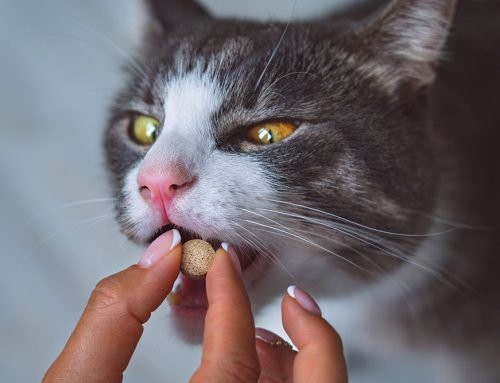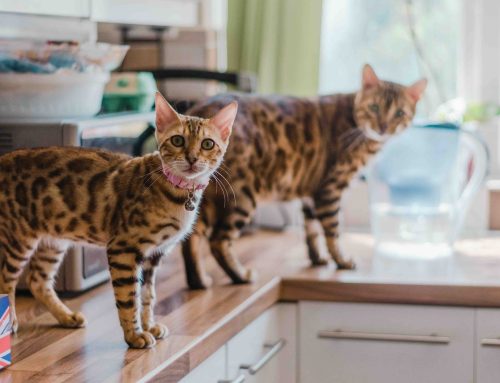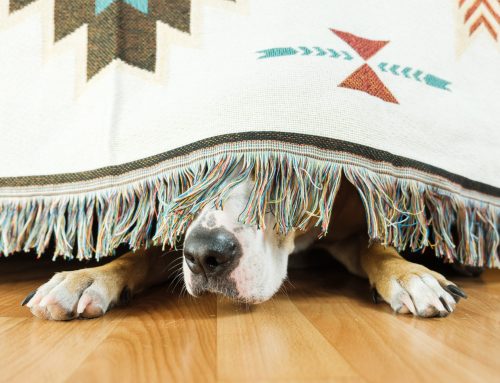As your beloved pet nears the end of their time, whether it’s the end of their natural lifespan or they have a terminal illness, making a decision about euthanasia can be incredibly difficult. Many pet owners are scared to ask questions about such a decision, the process itself, and what happens to their pet after euthanasia. Although thinking about your best friend’s companionship coming to an end is heartbreaking, learning more about the euthanasia process and preparing yourself for the inevitable can make pet euthanasia a smoother process. If your cherished companion’s time is winding down, do them a favor, and learn about the euthanasia process beforehand. Here are answers to common pet euthanasia questions many pet owners are scared to ask.
Question: What is pet euthanasia?
Answer: Euthanasia is defined as the act of humanely and painlessly ending the life of a living being to end their suffering, often because of a terminal illness or declining health related to age. Some people refer to euthanization as “putting a pet down” or “putting a pet to sleep,” which can be confused with putting them to sleep under anesthesia. To avoid any confusion, we use the term “euthanasia.”
Q: How will I know when it’s time to euthanize my pet?
A: Deciding when to euthanize your pet is an incredibly tough—and personal—decision. While our Alisos Animal Hospital team can help by discussing your pet’s quality of life and terminal-illness prognosis with you, we cannot make such a heartfelt choice for you. A good measure of your pet’s happiness and comfort level is the HHHHHMM scale, a quality of life scale created by Dr. Alice Villalobos, the founder of Pawspice.
Q: Is letting my pet die naturally better than euthanization?
A: As veterinary professionals, we believe in preventing suffering any way we can, although that may mean ending a pet’s life. If your beloved pet is clearly suffering, whether from a terminal illness, geriatric condition, or unmanageable disease, we believe it’s kindest to humanely euthanize your cherished companion and avoid unnecessary suffering that cannot be treated or eased. However, if your pet is not in serious discomfort and seems happy, letting them live out their days and die naturally is perfectly reasonable.
Q: What happens during the euthanasia process?
A: Euthanasia typically involves an intravenous (IV) pentobarbital injection that quickly stops the heart. Pentobarbital used to be a common anesthetic agent, but now a hefty overdose is used for euthanasia. The most effective administration of the solution is through a vein, but a body cavity will also work, albeit not as rapidly.
Depending on the situation, we may place an IV catheter in your pet prior to administering the euthanasia solution. IV catheter placement allows easier venous access, making the injection process quick and painless, and minimizing complications. We may also sedate your pet to ensure the process is smooth, calm, and relaxed, with minimal stress.
If we sedate your pet, we will wait until they are sleepy and resting comfortably with you before administering the euthanasia solution. Once injected into a vein, the solution will travel rapidly throughout the body, inducing a state of unconsciousness similar to anesthesia. Then, we simply give too much of the solution, which slows down the body’s processes, resulting in death.
Q: How long does the euthanasia process take?
A: Typically, a peaceful death takes 30 seconds from intravenous euthanasia solution administration. However, the appointment for your pet’s end-of-life care may take half an hour or longer, depending on whether we place an IV catheter and administer sedation prior to euthanasia.
Q: Does euthanasia hurt my pet?
A: During the euthanasia process, some pets may cry, whine, or whimper. They may also move in unusual manners, such as paddling their legs, weaving their heads, or stumbling. These actions are a by-product of the euthanasia solution. The euthanasia process itself does not hurt, but is similar to going under anesthesia, so your pet may feel odd as they lose consciousness, leading to odd noises or movements. With prior sedation, we can often minimize unusual mannerisms caused by the unconsciousness-inducing effect of the euthanasia solution.
Q: What happens to my pet after euthanasia?
A: After your pet has been euthanized, you may choose to bury them at home, or cremation. Two cremation options exist—individual and communal. With individual cremation, you will be given your pet’s ashes, whereas communally cremated remains are usually spread at the crematorium garden or park.
Q: Can my Alisos Animal Hospital veterinarian help me make a decision about euthanizing my pet?

A: We’ve been a part of your pet’s care every step of the way, from puppy- or kittenhood, well into senior status. Although no one knows your pet better than you, our team is well-equipped with the medical knowledge and experience to help guide you through this difficult decision—reach out to us for compassionate care.
Celebrate a lifetime of love from your pet by letting them slip away with compassion. To schedule a quality-of-life consultation with Dr. Bahou, contact us.








Leave A Comment